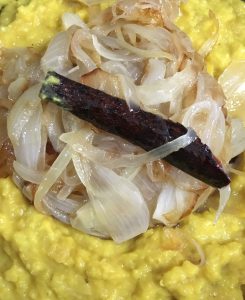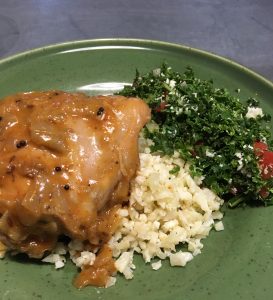My mother’s eggplant curry was always a huge hit at Sri Lankan dinner parties, and is particularly popular with vegetarians.
1 lb eggplant, roughly 1-inch cubes
1 tsp turmeric
1 tsp salt
2 onions, coarsely chopped
1/2 cup oil or ghee
1 tsp cumin seed
1 tsp black mustard seed
1 dozen curry leaves
1 tsp brown sugar
1 tsp Sri Lankan curry powder
1/2 cup coconut milk
1. Prep eggplant — rub with turmeric and salt and then set in a colander to drain at least 30 minutes, which will draw out the bitter water. Blot dry with paper towels.
2. Sauté onions in oil on medium-high, stirring, with cumin seed, black mustard seed, and curry leaves, until golden.
3. Add eggplant, sugar, and curry powder, and sauté for another ten minutes or so, until eggplant is nicely fried. (Add more oil or ghee if needed.)
4. Add coconut milk and simmer for a few minutes until well blended. Serve hot with rice or naan—particularly nice for a vegetarian dinner with lentils as the main protein.
Variation: Eggplant and bell pepper work well together in this dish; just add chopped bell pepper about five minutes into frying the eggplant for a nice sweet element to the dish. Sometimes I make a nightshade curry, adding potatoes and tomatoes as well — small cubed potatoes would go into the onions first, then eggplant and spices, then bell pepper, then tomato, with a few minutes between each addition.
NOTE: I was wanting something a little spicier, so this time I added some chopped green jalapeños when I added the eggplant. Yum.

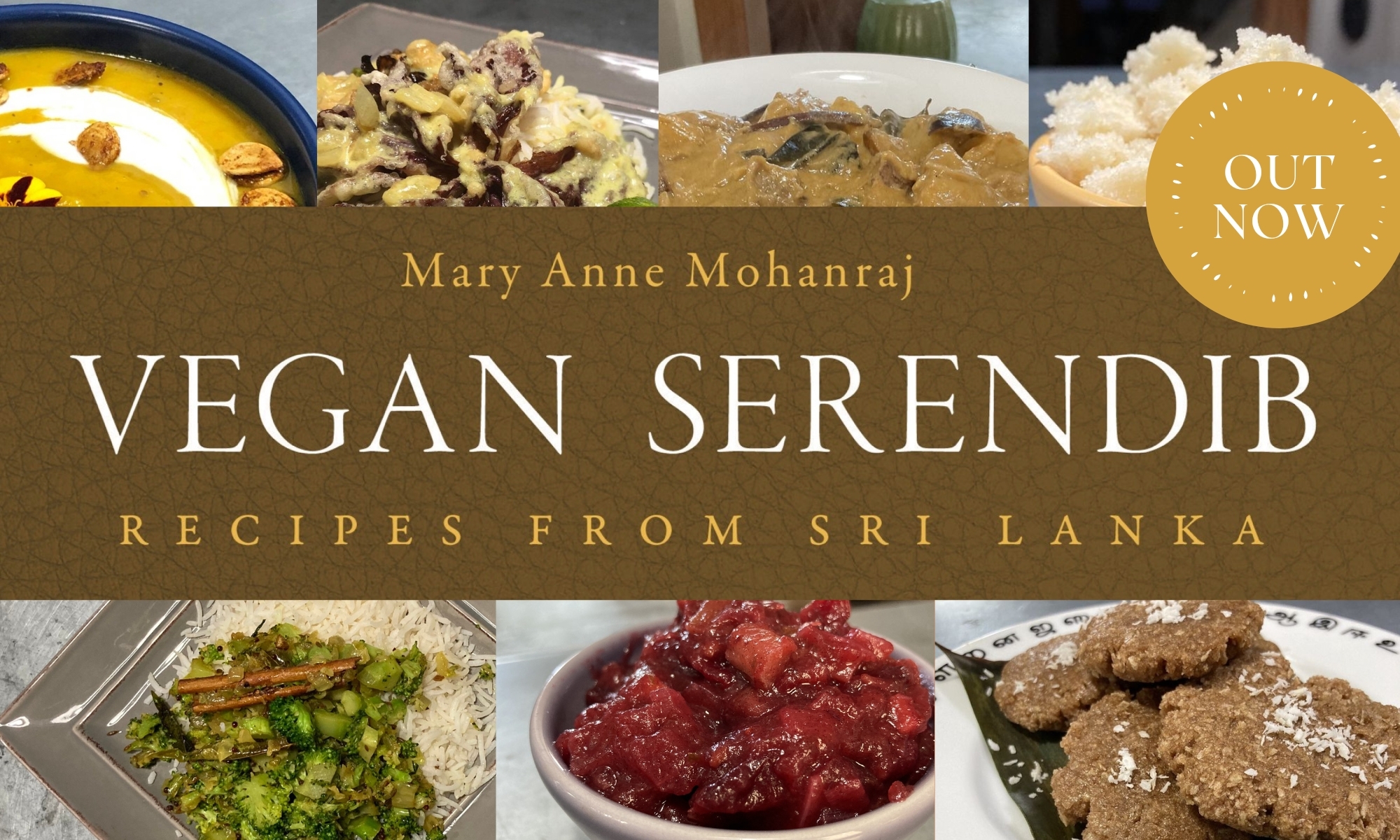
 No real recipe — I just follow the instructions on the Maesri red curry paste can, combining the paste with coconut milk and a bit of brown sugar and fish sauce and simmering the salmon and bamboo shoots in that.
No real recipe — I just follow the instructions on the Maesri red curry paste can, combining the paste with coconut milk and a bit of brown sugar and fish sauce and simmering the salmon and bamboo shoots in that. Thai Carrot Salad
Thai Carrot Salad  Cauliflower Poriyal
Cauliflower Poriyal

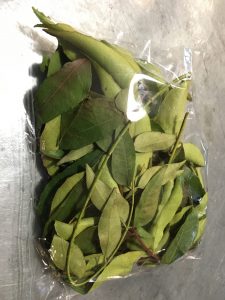
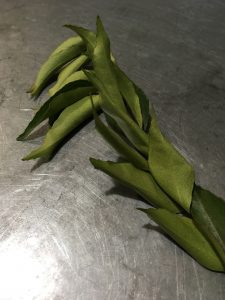

 Okay, this is slightly tricky, since you need to cook it in two batches, but a) tasty, b) nutritious, and c) pretty! I cooked a mix of red rice and quinoa in the rice cooker (on the brown rice setting, which is very slow, so allow extra time). And then cooked some short-grain white rice also in the rice cooker (faster). And then mixed them all together. Yum!
Okay, this is slightly tricky, since you need to cook it in two batches, but a) tasty, b) nutritious, and c) pretty! I cooked a mix of red rice and quinoa in the rice cooker (on the brown rice setting, which is very slow, so allow extra time). And then cooked some short-grain white rice also in the rice cooker (faster). And then mixed them all together. Yum! This was a fun one for me — an entirely vegan dinner, that I did for last week’s board game night. Pretty easy with Sri Lankan food. Going around clockwise: lentils in coconut milk (tons of protein), carrot in coconut milk, kale sambol, coconut sambol (spicy), seeni sambol (spicy and sweet), eggplant curried in coconut milk, with red rice / quinoa in the center.
This was a fun one for me — an entirely vegan dinner, that I did for last week’s board game night. Pretty easy with Sri Lankan food. Going around clockwise: lentils in coconut milk (tons of protein), carrot in coconut milk, kale sambol, coconut sambol (spicy), seeni sambol (spicy and sweet), eggplant curried in coconut milk, with red rice / quinoa in the center. (30 minutes draining time + 30 minutes, serves 6)
(30 minutes draining time + 30 minutes, serves 6)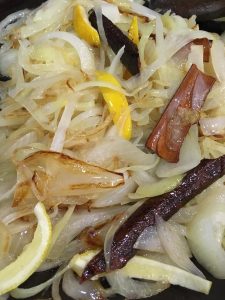 (60 minutes, serves six)
(60 minutes, serves six)